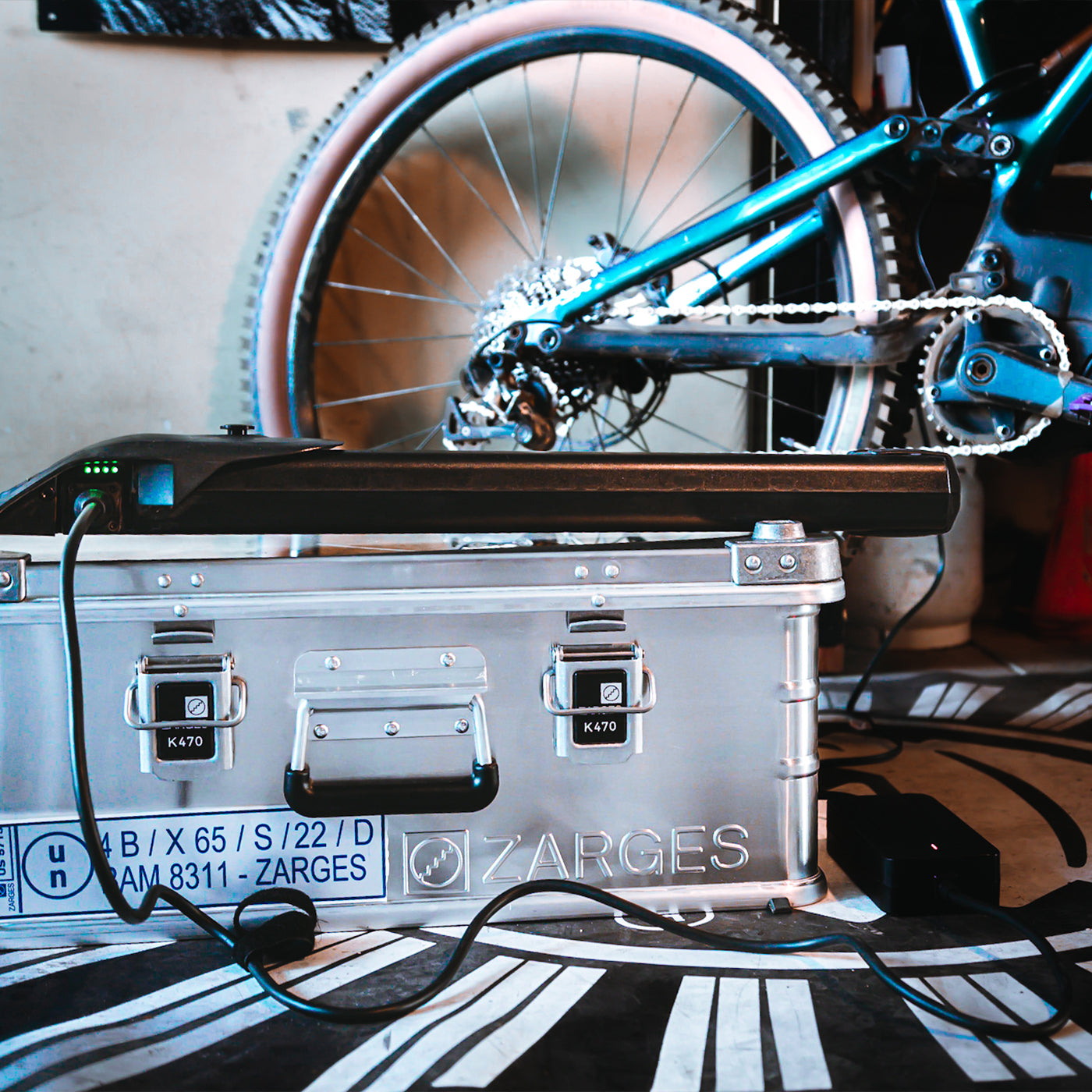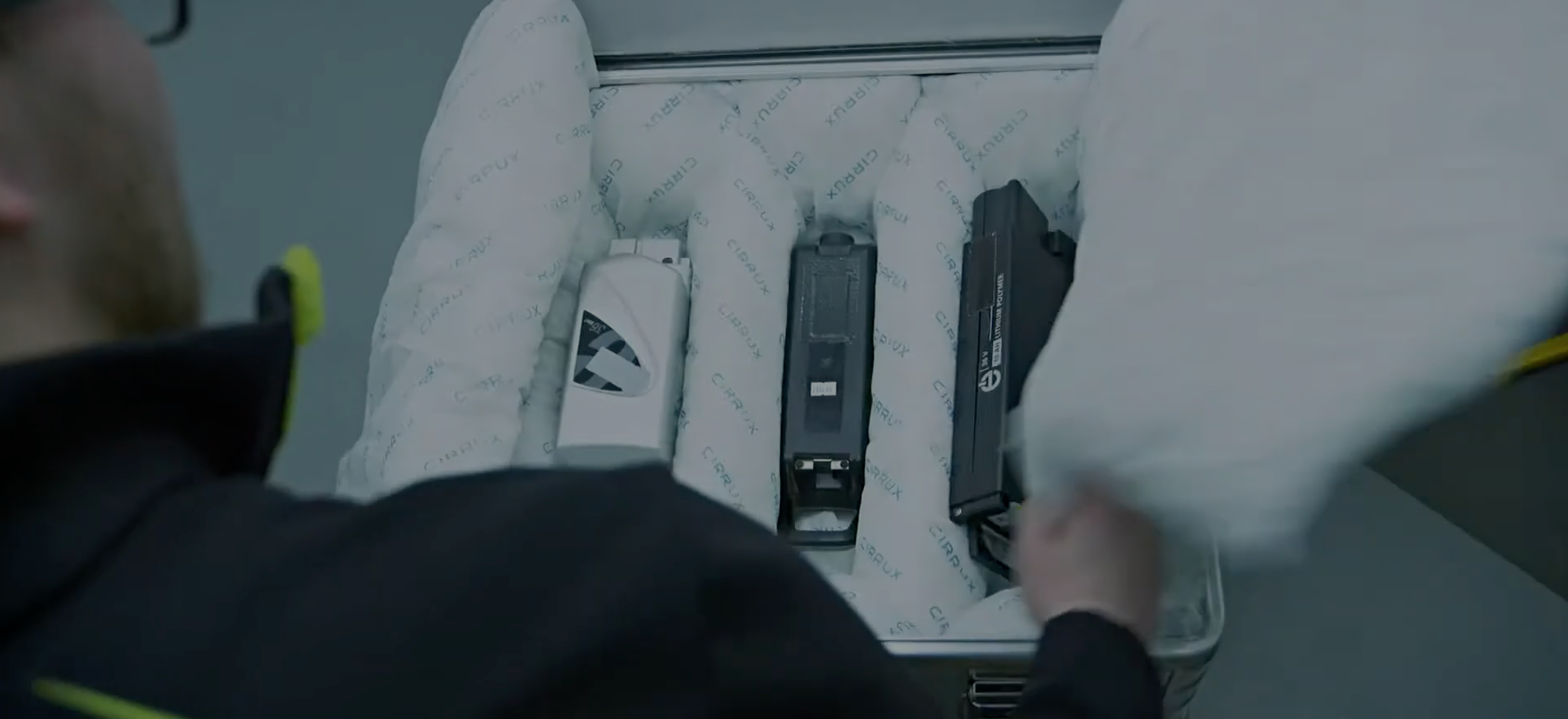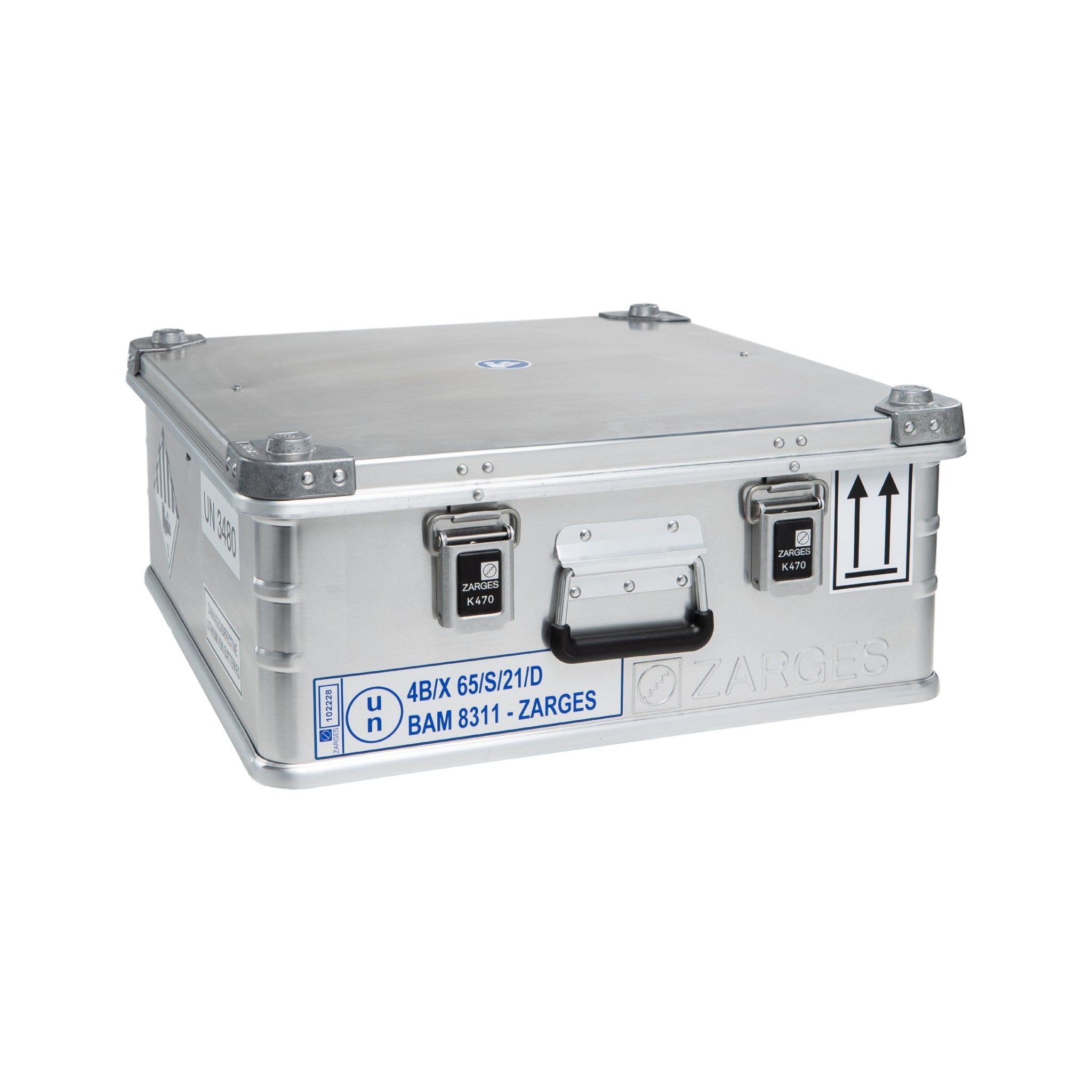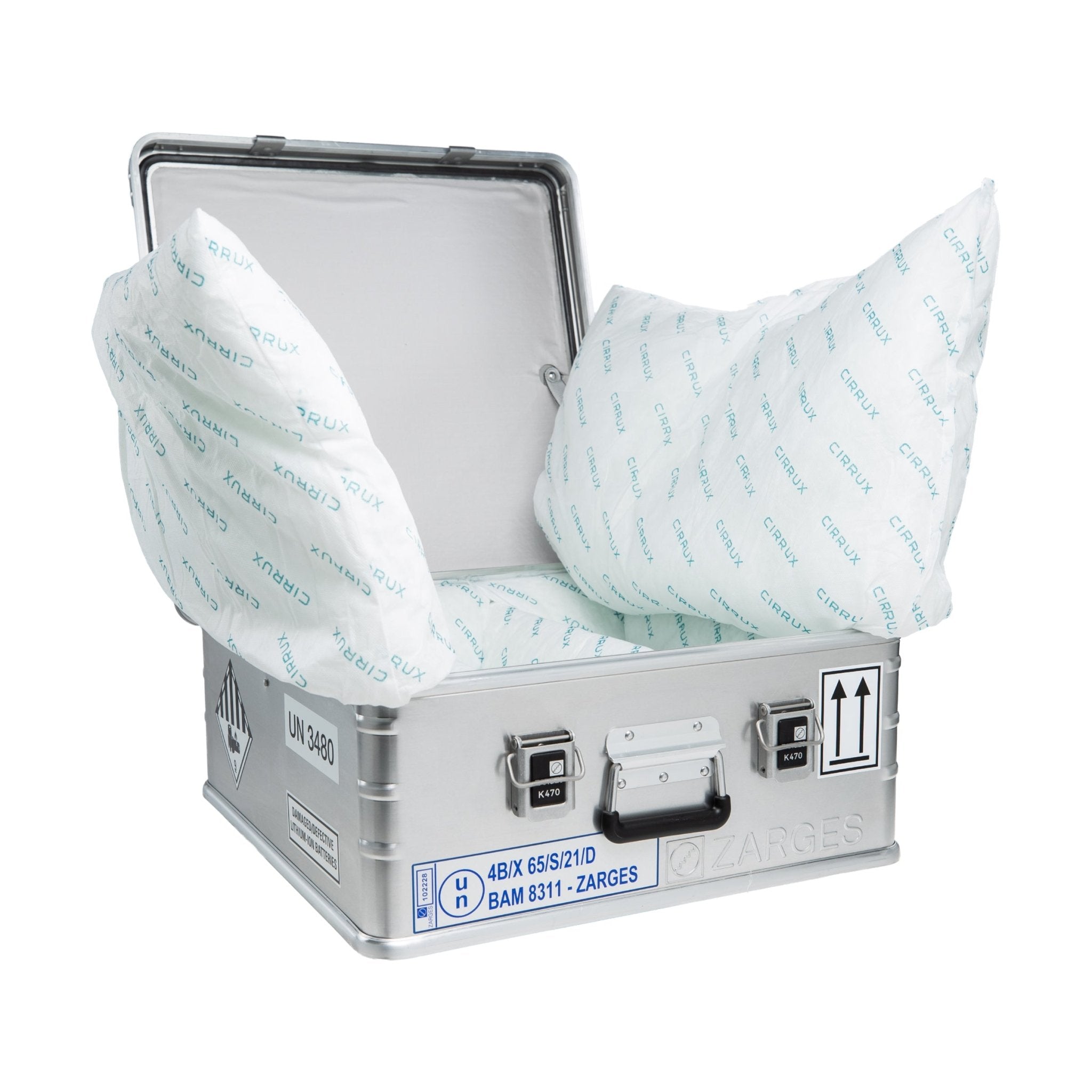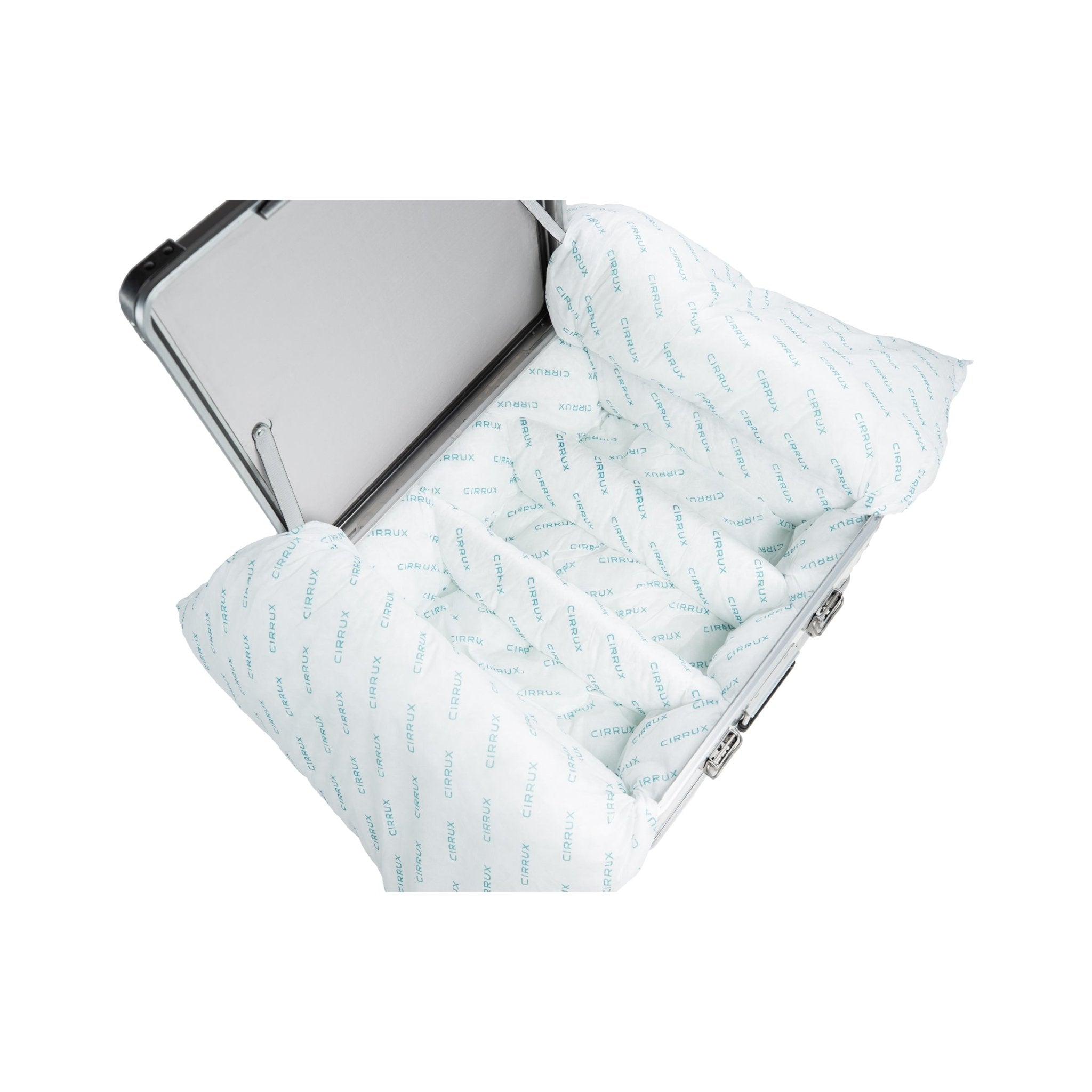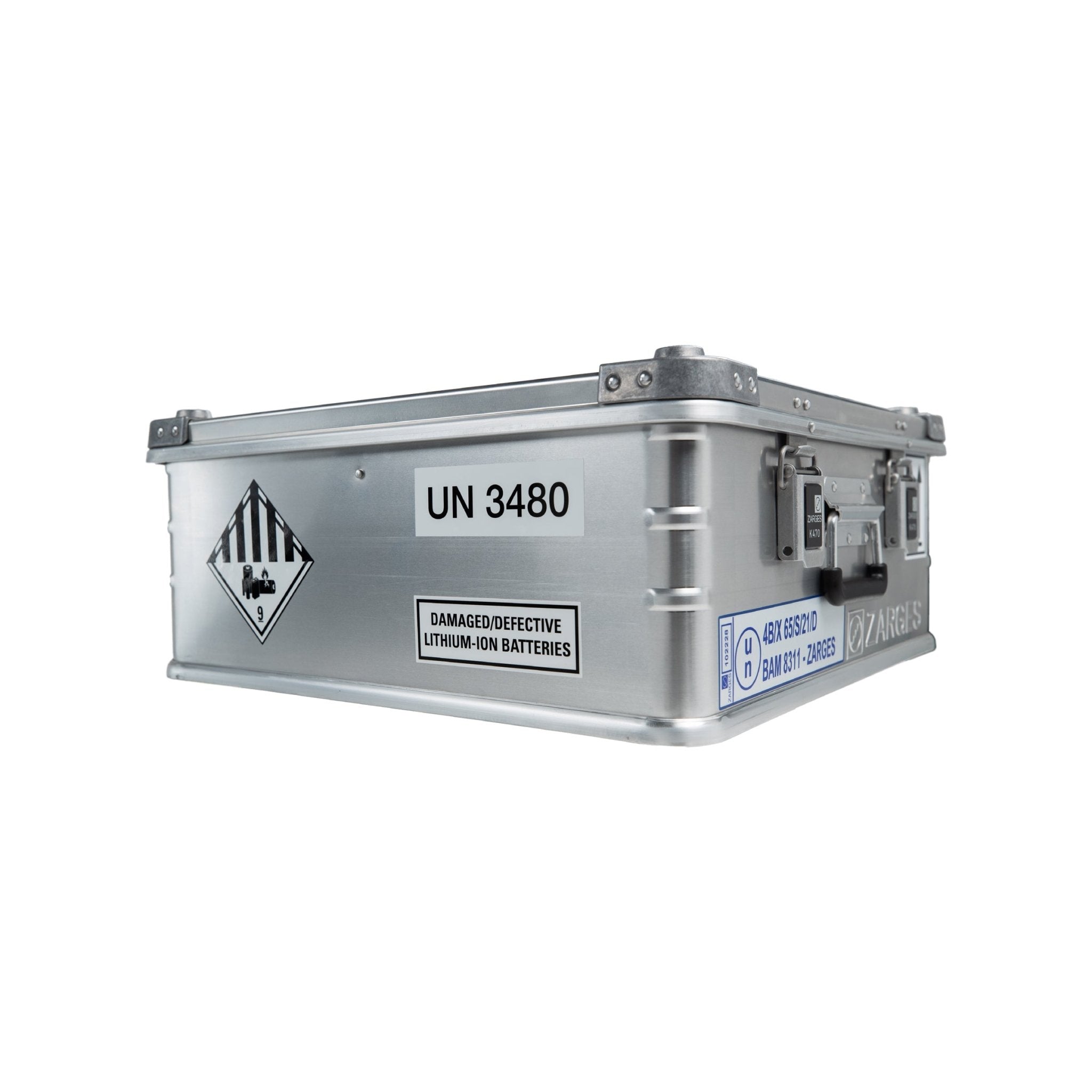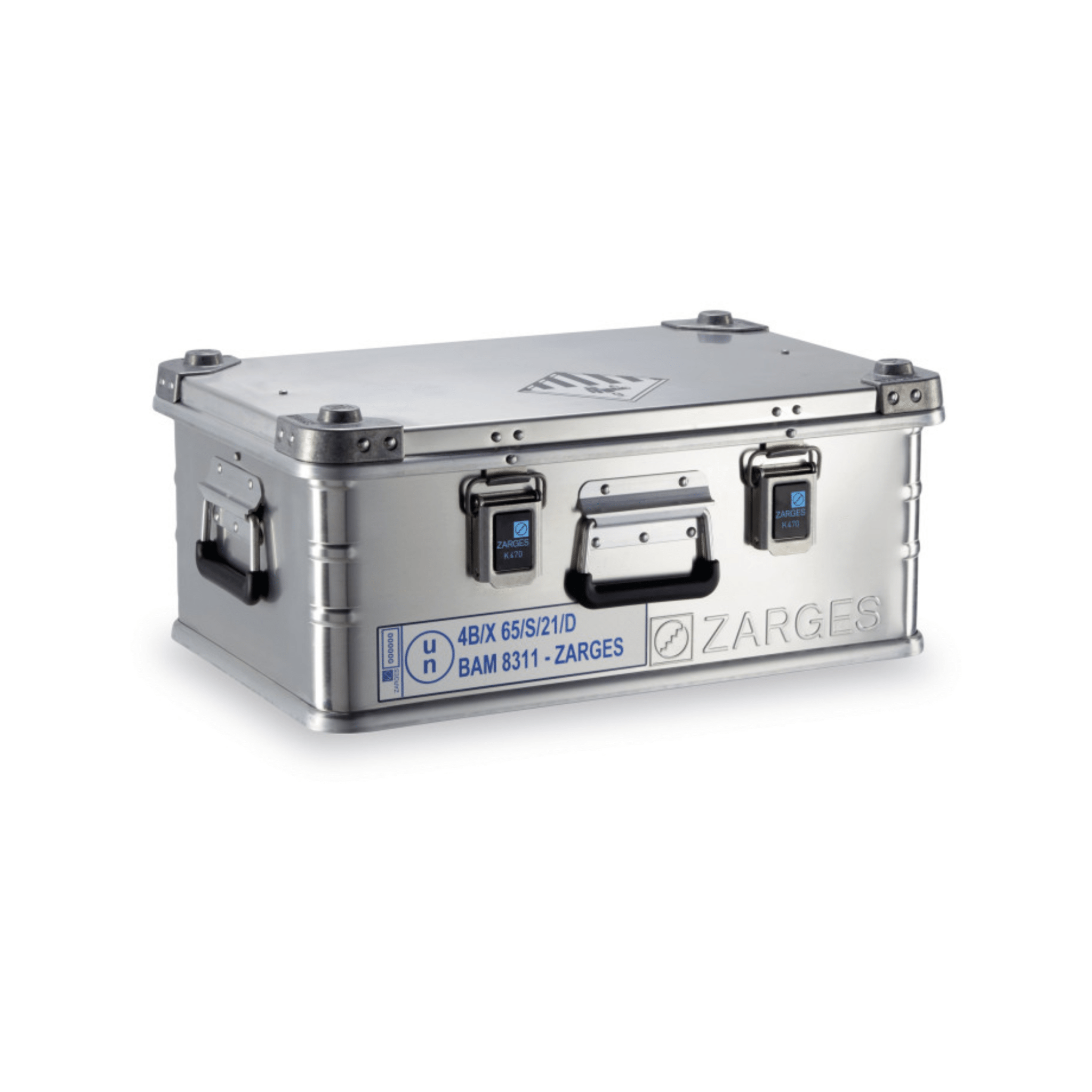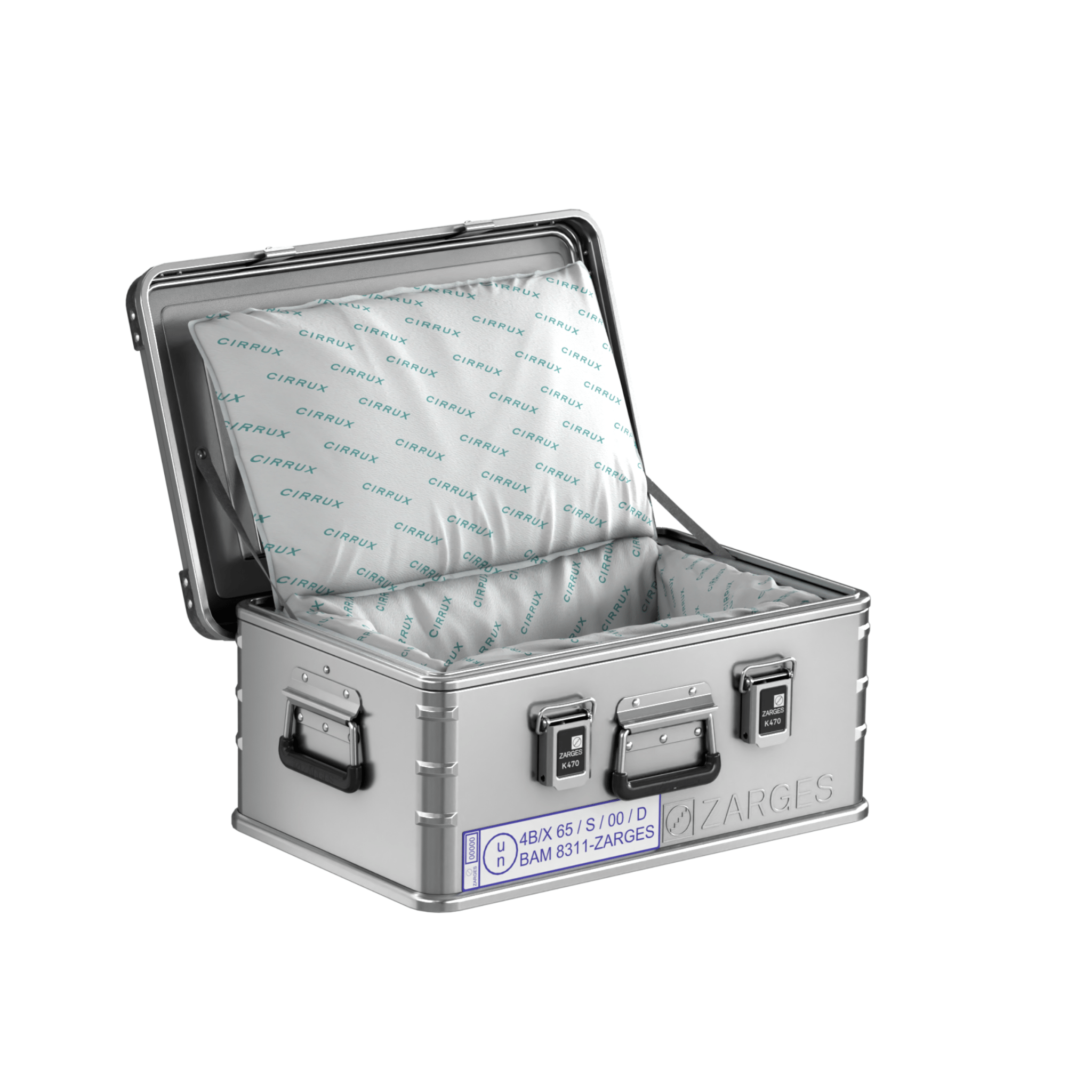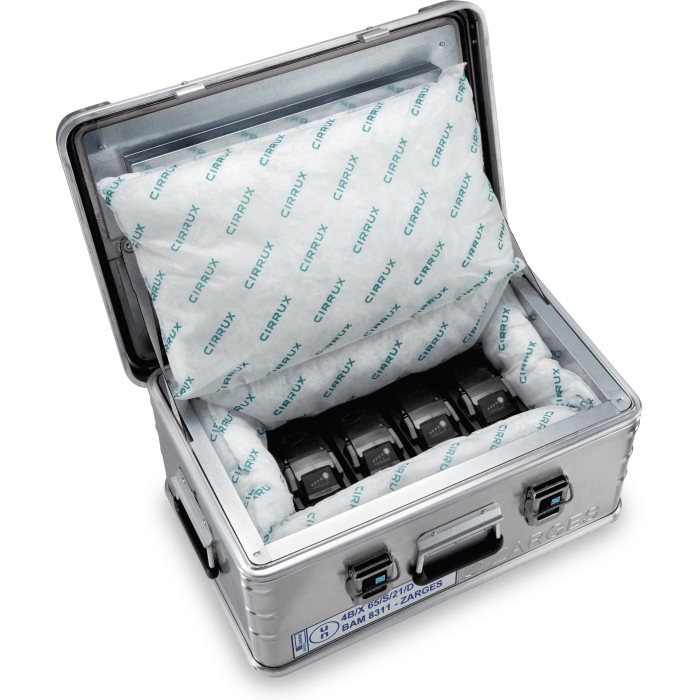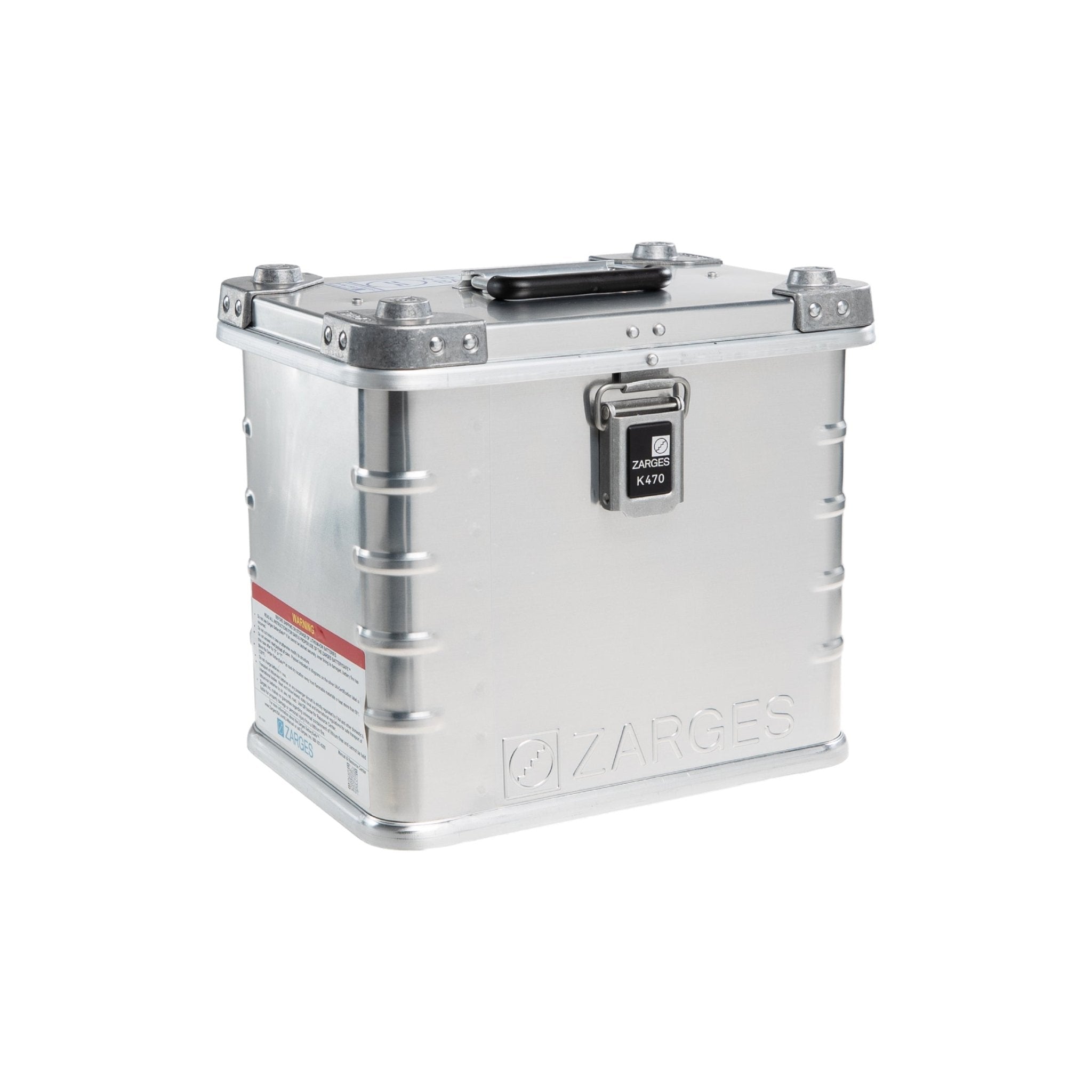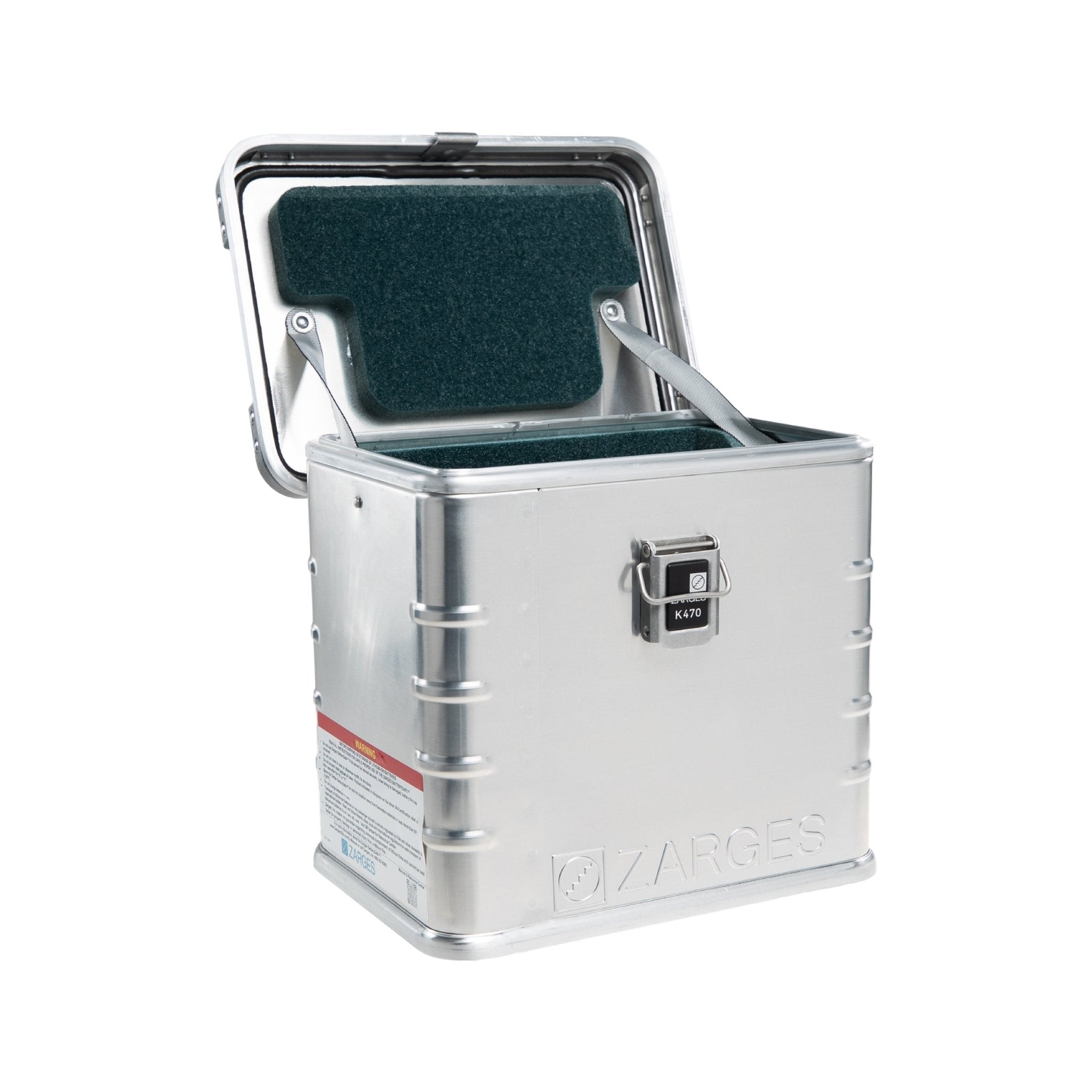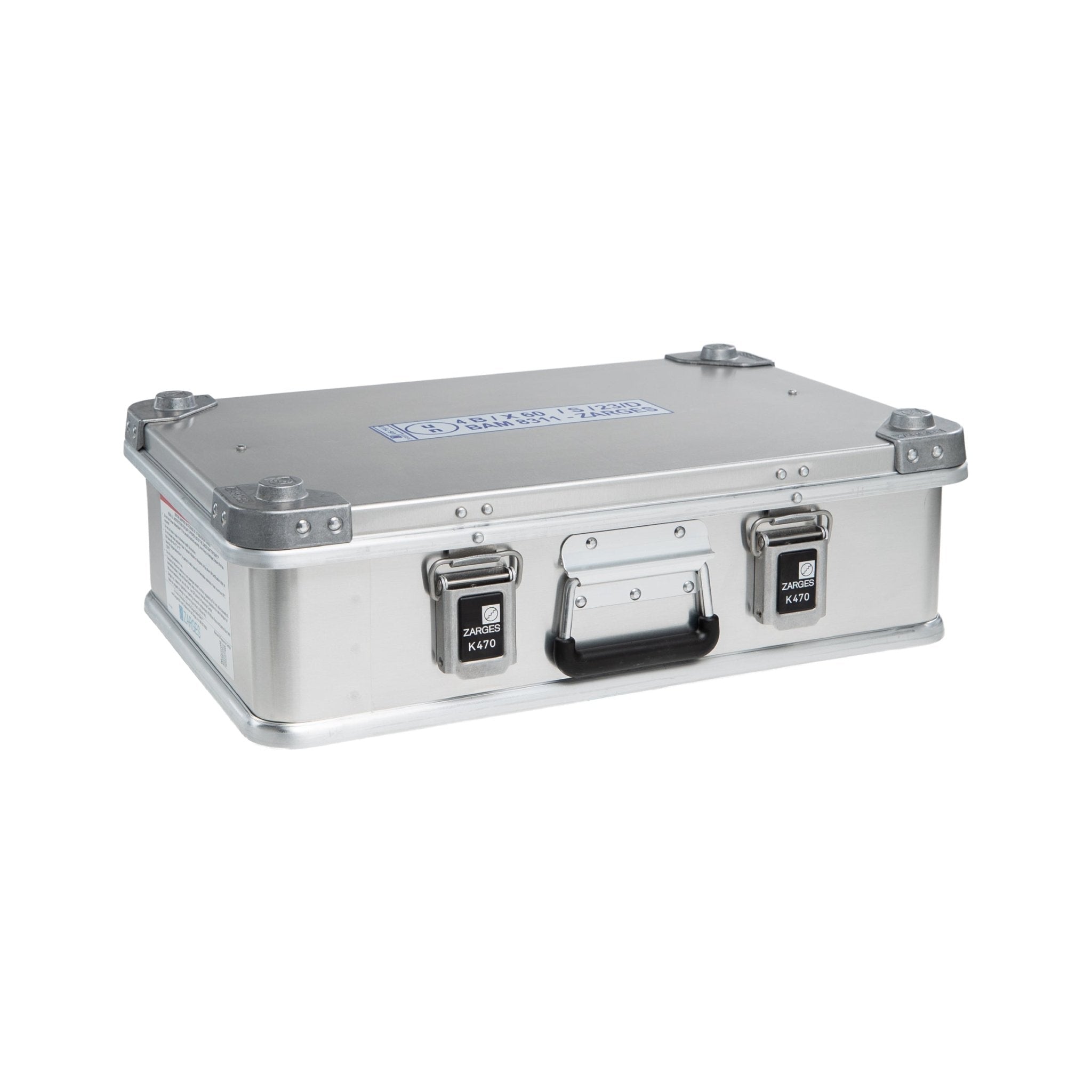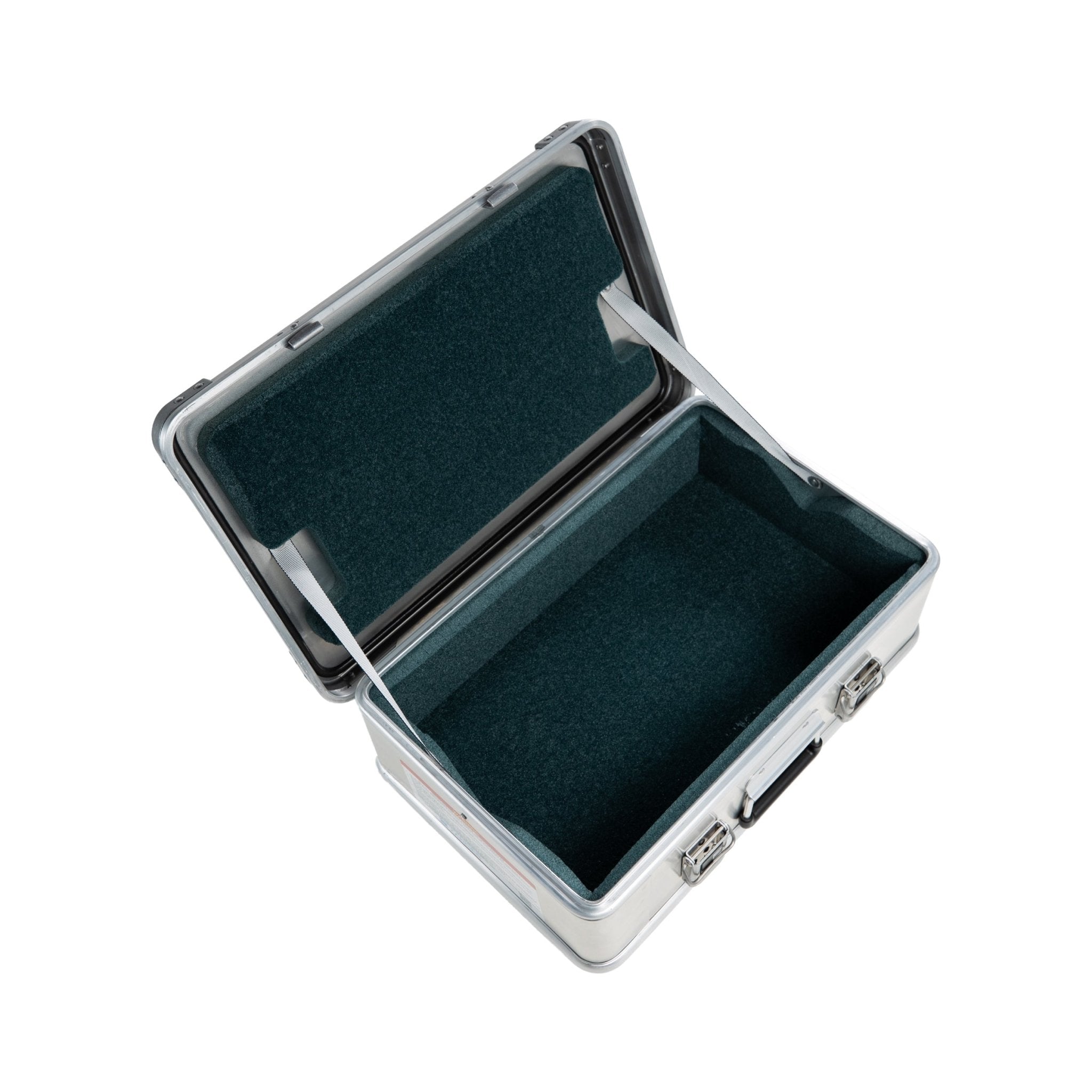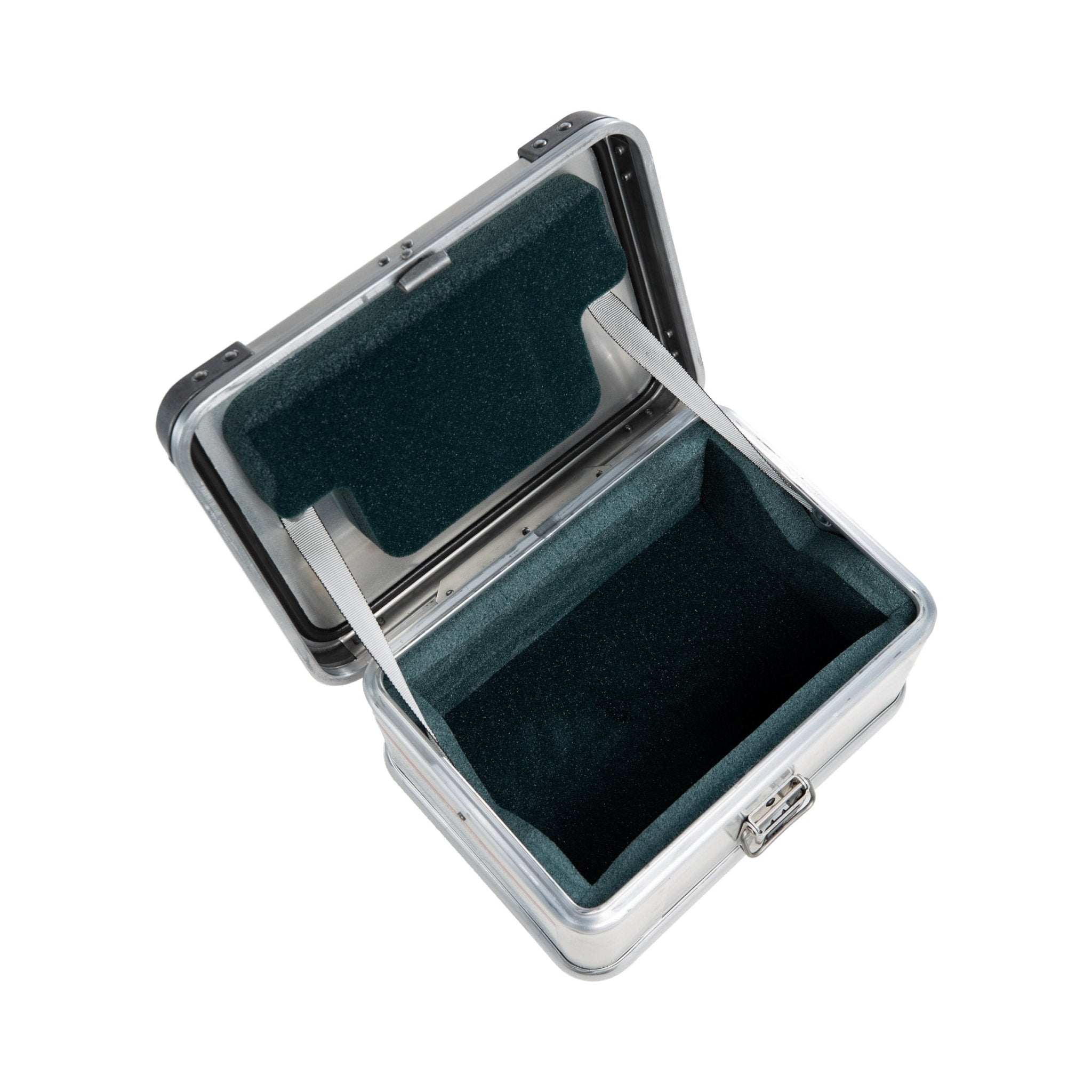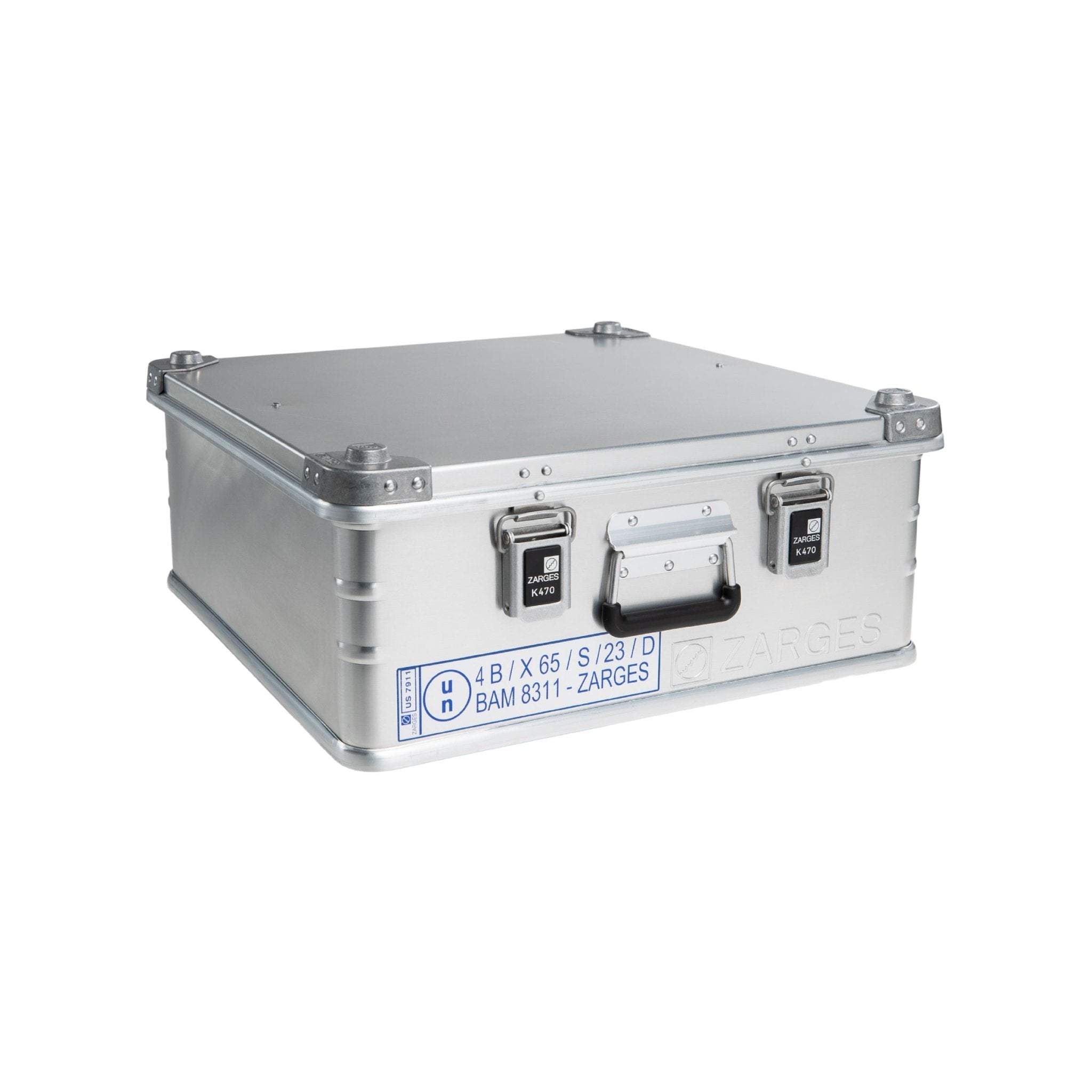AT THE FOREFRONT OF
LITHIUM-ION BATTERY PROTECTION
Our battery cases incorporate all the features of the flagship Zarges K470 transit case—lightweight, aircraft-grade aluminum, and MIL-STD-810 tested for durability. With specially designed interiors, they offer tailored protection levels to meet diverse needs. Today, Zarges battery cases are trusted by a wide range of users, from commercial and consumer applications to government facilities, including the U.S. Navy, Army, and Marines.
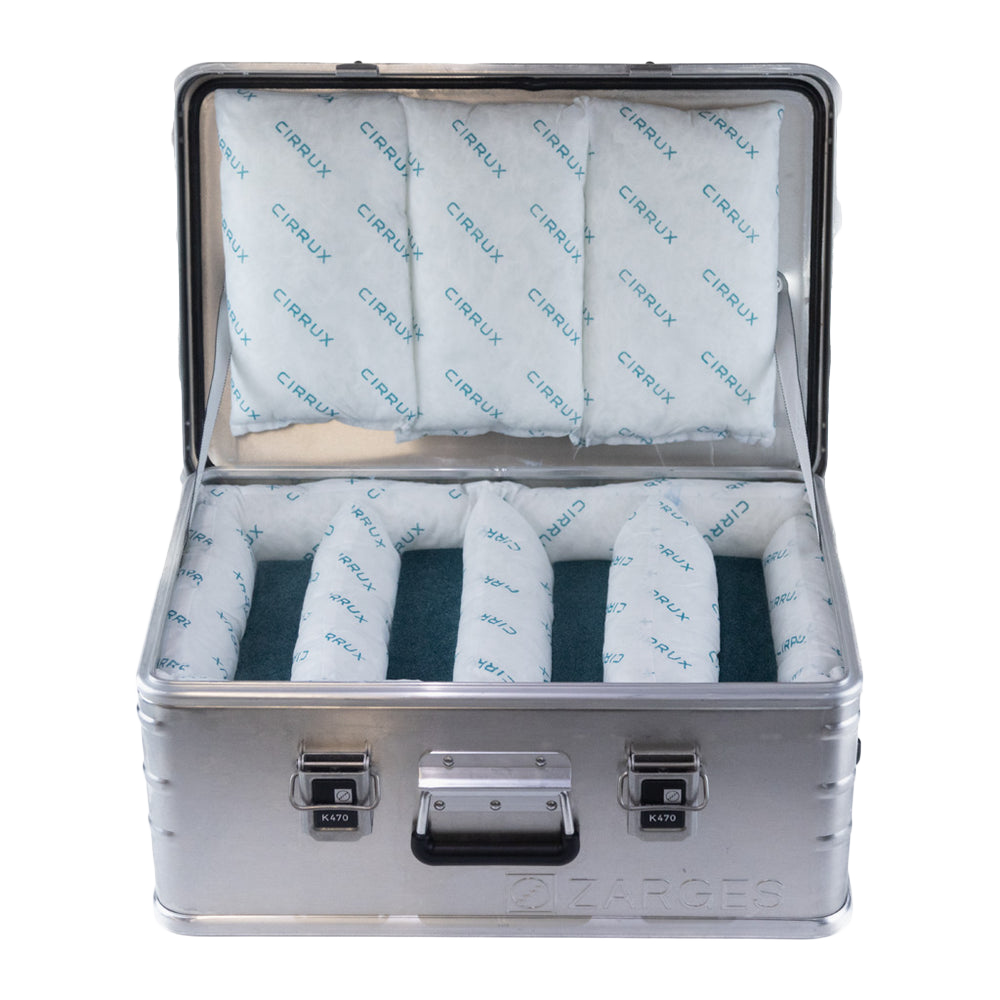
c-series battery cases
Zarges C-Series cases contain special intumescent glass fiber cushions and have been tested to contain thermal runaway under specific conditions. Zarges battery cases are UN-Certified for hazardous materials.

f-series battery cases
Zarges F-Series cases contain special foam interior to protect the battery from water, dust and damage which could lead to thermal runaway. Zarges battery cases are UN-Certified for hazardous materials.
BATTERY INFORMATION CENTER
Lithium-Ion batteries can present significant risks to life and property if not handled or stored properly.
While Zarges provides a reliable level of protection it remains the user’s responsibility to ensure lithium-Ion batteries are stored and transported safely, in full compliance with government regulations.
BATTERY FAQs
What causes a battery fire?
Most commercially sold UN 38.3 certified batteries are generally safe. There are many variables which could cause a battery fire, technically referred to as “thermal runaway”, this includes:
- Physical damage to battery. Any battery withstanding a collision may be susceptible to critical damage such as puncturing, crushing or internal damage to circuits. The Zarges F-Series cases are intended to offer superior protection against physical damage.
- Excessive heat. The likelihood of thermal runaway increases as the battery is exposed to excessive heat, such as use near a heat source or fire, or exposure to the sun. Batteries do generate heat while charging, so never charge batteries in a case or an enclosed space.
- Overcharging beyond the maximum voltage capacity or improper charging practices, such as using chargers or cables not meeting the battery manufacturers specifications.
- Manufacturing defects such as using poor quality materials or construction can lead to failure.
Are Zarges Battery Cases fireproof?
No. There is no transportable commercially available case which is fireproof. While the term “fireproof” is commonly used, it’s somewhat misleading. No material is completely immune to fire. Zarges C-Series cases have undergone fire-testing with specific batteries to ensure that a battery fire can be contained inside the case for the specific battery under test, therefore preventing fire from spreading beyond the case. Testing of C-Series cases was conducted under specific battery and environmental conditions which will vary in your application. Test data is available at <<pdf of test>>. Fire-testing and performance validation is the responsibility of the user.
Whats is a Zarges F-Series Battery Case?
The Zarges F-Series case is lined with Fire Resistant Anti-Static (FRAS) foam. It is intended to store and transport UN 38.3 certified batteries which are undamaged. Combined with the Zarges Case, it provides maximum protection to prevent damage which might result in a battery fire (thermal runaway). Batteries which are damaged in any way should be disposed of immediately, in accordance with local, state, and federal regulations.
What is a Zarges C-Series Battery Case?
The Zarges C-Series case has been specifically designed to store and transport batteries which may have been compromised in some way, or prototype batteries which have not been UN 38.3 certified. C-Series cases have undergone fire-testing with specific batteries to ensure that a battery fire can be contained inside the case for the specific battery under test. Specially designed intumescent fiber pillows help contain a battery fire and filter a portion of toxins emitted during a battery fire. Testing of C-Series cases was conducted under specific battery and environmental conditions which can vary.Test data is available here. Fire-testing and performance validation is the responsibility of the user.
What government regulations apply to transport of Lithium-Ion Batteries?
For the most current guidance on safe & legal transport of hazardous materials and lithium batteries, please refer to the following:
United States Department of Transportation (USDOT) Battery Guide for Shippers
Federal Aviation Administration (FAA)
International Air Transport Association (IATA)
What is UN-Certification?
A Zarges case is only UN certified when the UN sticker is attached, shown below. This sticker indicates the serial number, aluminum box construction, Packing Group 1, maximum gross weight in kilograms, solid material payload, the country of manufacture, and the test certificate number.
“UN certification” refers to a container that has passed rigorous performance-oriented testing to ensure the container can remain intact during the physical stress associated with transportation. The process is managed by the United Nations, to which all member nations have agreed to specific guidelines for transporting hazardous goods. The guidelines qualify a case against specific requirements for drop resistance, stacking load, leak-proofing, pressure resistance, temperature resilience, and construction quality.
Zarges cases have obtained “UN Packing Group 1”, the highest level of protection for transporting highly toxic chemicals, flammable substances, or explosives, including Class 9 miscellaneous goods such as Lithium-ion batteries.
The UN Packing Group 1 rating does not refer to containment of fire. Validation that a container can successfully contain a fire is the responsibility of the end user.
Any modification to a case not made by the manufacturer, such as drilling or cutting the aluminum, invalidates the UN certification.
Refer to Reference Image Here:
https://zargesusa.com/products/un-certification-hazardous-materials
WHY ZARGES?
lighter than other cases
greater tensile strength
greater interior volume
standard sizes available
Lightweight & Strong
- 50% lighter than plastic cases*
- 70% lighter than roadie cases*
- Rugged, fully-welded profile frame
- Will not warp or crack
Durability & Resistance
- 2-7x greater tensile strength than plastic cases*
- Temperature range of -228° to 302° F; UV, water, weather, and corrosion resistance
- Ergonomic spring-loaded handles
- Over 50 standard sizes available
Optimized Space & Security
- 15%-20% greater interior volume than plastic cases in a smaller footprint
- Standard IP54 or upgradeable to IP65
- Various locking mechanisms available to protect your gear from theft
Specialized Features
- IGBC (Interagency Grizzly Bear Committee) models available
- Cases constructed of extra strong 5005 alloy aluminum sheeting
